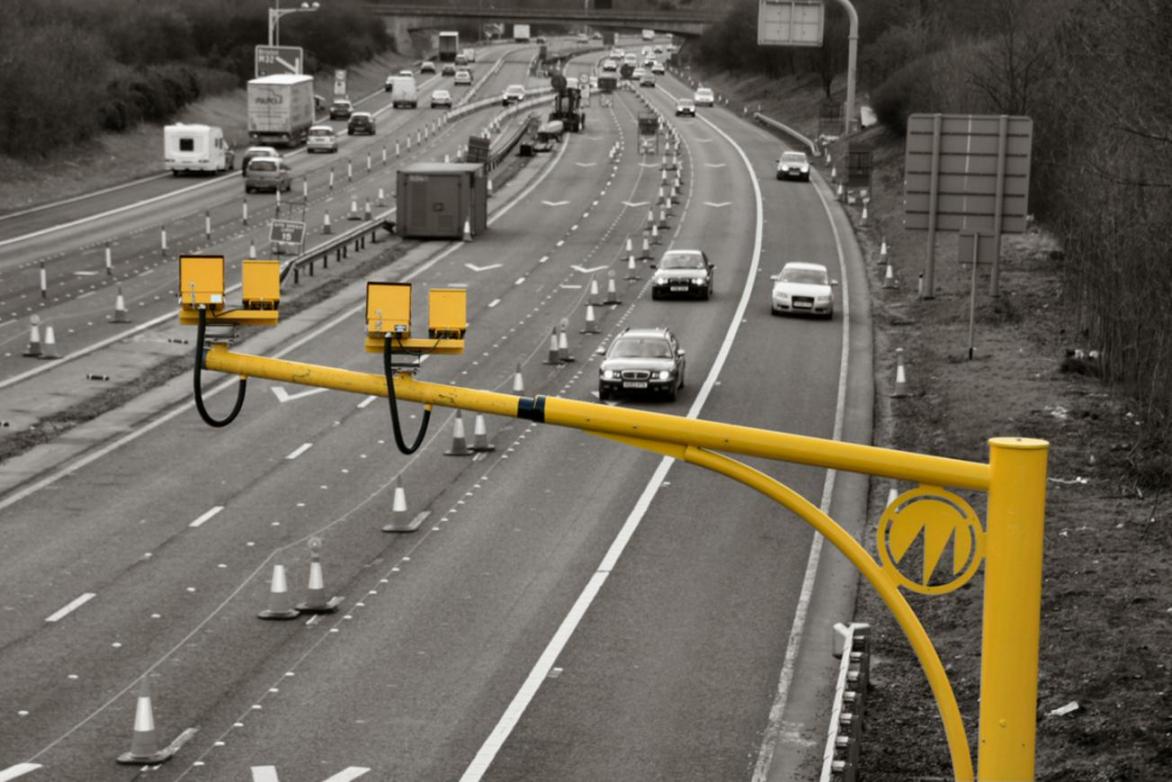Researchers at a knowledge-based company in Iran have developed an indigenous software for traffic monitoring cameras that can monitor traffic conditions and catch driver violations.
The new technology, which will be rolled out at all major thoroughfares in large cities over the next three years, was developed by an unidentified knowledge-based firm on the Tehran University campus.
The new tech has been snapped up by municipalities that need the software because of the ever-increasing levels of road traffic and the need to generate revenues from violations.
Hossein Tohidi, the CEO of the company, said they have designed and developed a new type of detection system that can complement traffic cameras reading license plates, detecting speeding and monitoring traffic density.
The technology developer said the new system uses an indigenous algorithm and image processing software to determine the movement of cars, bikes and trucks in a zone through cameras, similar to European and American systems.
Tohidi said the system is the best locally developed software "with an accuracy rating of over 95%, which puts it on par with internationally developed systems that are obviously more expensive than the local counterpart".
The CEO noted that the new system is already being tested to detect cars running through red lights at major intersections of Kurdestan Province, as a timer for traffic lights in Yazd and as a traffic density monitoring system in Ahvaz.
"Once the implementation phase is complete, all integrated cameras will assess drivers under the same system with no disparity between offences because of all input going through a central mainframe," he said.
According to Tohidi, the first phase can be completed in a short period of time.
Automatic number plate recognition is a mass surveillance method that uses optical character recognition on images to read vehicle license plates.
ANPR can be used to store the images captured by the cameras as well as the text from the license plate, with some configurable to store a photograph of the driver. Systems commonly use infrared lighting to allow the camera to take the picture at any time of the day.
Some critics of the system note that due to the low resolution of the system–usually because the car is far away–mistakes often occur in tagging the wrong car and sending out corresponding fines to wrong addresses.
Other issues include poor lighting linked to low contrast due to reflection from high-profile lights. In some cases, vehicles intentionally obscure their license plates to avoid being caught on camera.
The new system when fully operational is also expected to help reduce air pollution, as it forces drivers to slow down.


